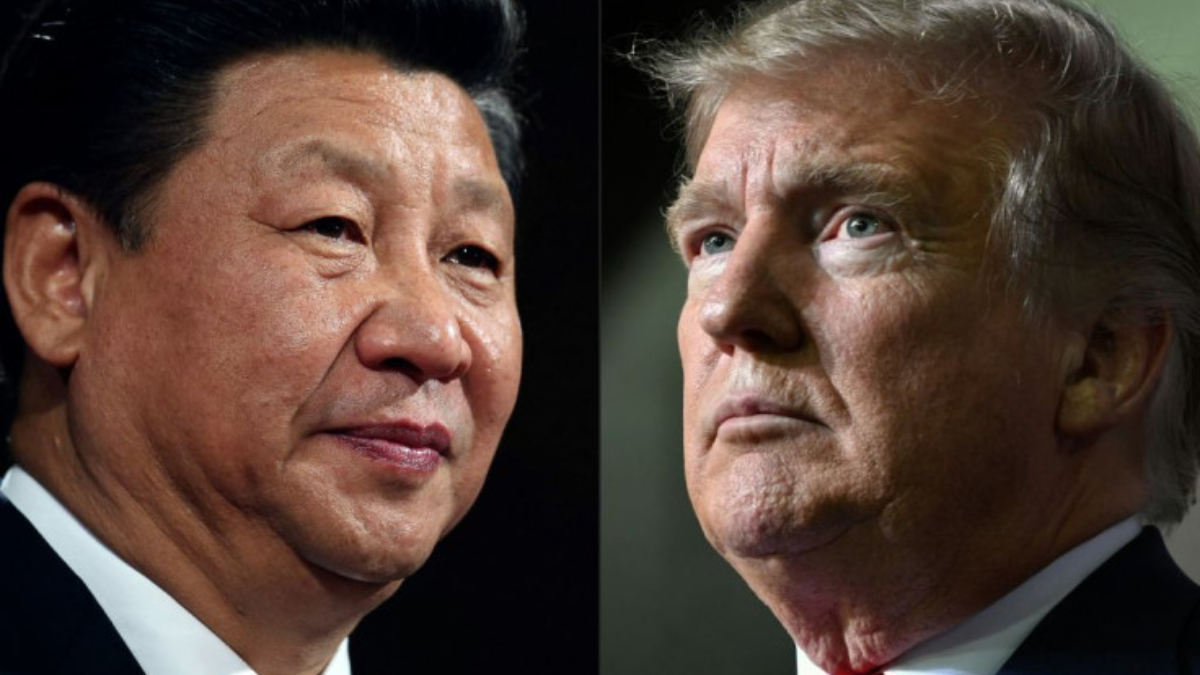As the trade war between the United States and China continues to shape global economic policy, China has made it clear that any potential restart to negotiations with the Trump administration must come with certain conditions.
The Chinese government recently outlined what it expects before sitting down for renewed talks, highlighting concerns over tariffs, export controls, and scientific collaboration.
These preconditions reflect China’s broader frustration with what it perceives as aggressive U.S. trade measures and a lack of goodwill in past discussions.
The tariff standoff, which began in 2018 during Donald Trump’s presidency, created significant disruptions in global trade, particularly in the technology and agriculture sectors.
With tensions once again heating up in 2025 as Trump seeks a return to the White House, China has reemphasized its demands for fairer treatment before any serious negotiations resume.
China’s Key Demands for Reopening Dialogue
China’s recent statements, delivered through official channels and backed by top diplomats, spell out four main conditions it views as critical to reestablishing dialogue with the U.S.:
1. Rollback of U.S. Tariffs on Chinese Goods
The Trump administration’s earlier tariffs targeted hundreds of billions of dollars’ worth of Chinese imports, from electronics to clothing. China has now reiterated that the U.S. must remove many of these tariffs, particularly those added late in Trump’s previous term.
Beijing argues that the tariffs were imposed without proper negotiation and have hurt not only Chinese manufacturers but also American consumers and global supply chains.
2. Reinstatement of the U.S.-China Science and Technology Agreement
The U.S. allowed the long-standing Science and Technology Agreement with China to lapse in 2023. That pact had facilitated collaboration in sectors like agriculture, energy, and public health for over four decades.
China views this lapse as a symbol of the breakdown in bilateral trust and now seeks its reinstatement as a signal of good faith. Officials in Beijing believe restoring this agreement would open the door to cooperation in critical global challenges such as climate change, food security, and infectious diseases.
3. Review of U.S. Export Controls on Technology
One of the most contentious elements of the current trade battle involves U.S. restrictions on exporting high-end technology to Chinese companies. This includes semiconductors and advanced equipment essential to China’s technological ambitions.
Beijing has demanded a full review and easing of these export controls, claiming they are being used to unfairly suppress China’s economic development and competitiveness in global markets.
4. A Shift Toward Respectful, Constructive Engagement
Finally, China has urged the U.S. to abandon “maximum pressure” tactics and instead pursue dialogue based on mutual respect.
Chinese officials have voiced their frustration with what they describe as Washington’s “coercive diplomacy,” emphasizing that past negotiations were frequently derailed by last-minute changes and threats.
Global and Domestic Impact of the Trade Standoff
The ongoing uncertainty in U.S.-China trade relations has already had major consequences on global markets. The initial waves of tariffs sent shockwaves through the global economy, disrupting supply chains, increasing prices, and triggering retaliatory measures.
American farmers, in particular, suffered heavy losses due to China’s retaliatory tariffs on soybeans and other agricultural products.
Multinational companies like Apple, Tesla, and General Motors have had to rethink their supply chains and sourcing strategies, with some shifting production to Southeast Asia or Mexico.
The return of Trump to the political spotlight has raised concerns that a renewed “America First” trade policy could lead to even more aggressive tariffs and international pushback.
Market analysts warn that if both countries fail to find common ground soon, further economic decoupling could become inevitable.
This would mean not only reduced trade between the two superpowers but also a reshaping of international trade alliances, forcing other countries to choose sides or develop alternative trade routes.

Will the U.S. Concede to China’s Demands?
It remains unclear whether the Trump team will be willing to accept China’s terms or if they will insist on renegotiating from a position of strength.
Trump has historically framed China as a strategic competitor, frequently accusing the country of manipulating trade rules and stealing American intellectual property.
However, analysts suggest that the rising cost of goods, combined with political pressure from business lobbies and key voter blocs like farmers and manufacturers, may push Washington to find a middle ground.
Any sign of progress would likely be welcomed by global markets and signal a potential de-escalation of trade tensions.
Still, with elections approaching and nationalism running high in both countries, domestic politics may complicate efforts to reach an agreement. Both sides must navigate a delicate balance between projecting strength and maintaining economic stability.
Conclusion
China’s willingness to engage in new trade talks with the U.S. comes with clear and calculated conditions. By outlining its expectations on tariffs, technology, science agreements, and respectful diplomacy, Beijing is signaling that future negotiations must take place on a more equal footing.
Whether the Trump administration is ready to meet these demands—or counter with its own preconditions—remains to be seen.
The outcome of this negotiation could have far-reaching effects not just for U.S.-China relations but for the global economy as a whole.
For a detailed look at China’s broader trade and economic policies, visit Reuters’ coverage.
Disclaimer – Our team has carefully fact-checked this article to make sure it’s accurate and free from any misinformation. We’re dedicated to keeping our content honest and reliable for our readers.
